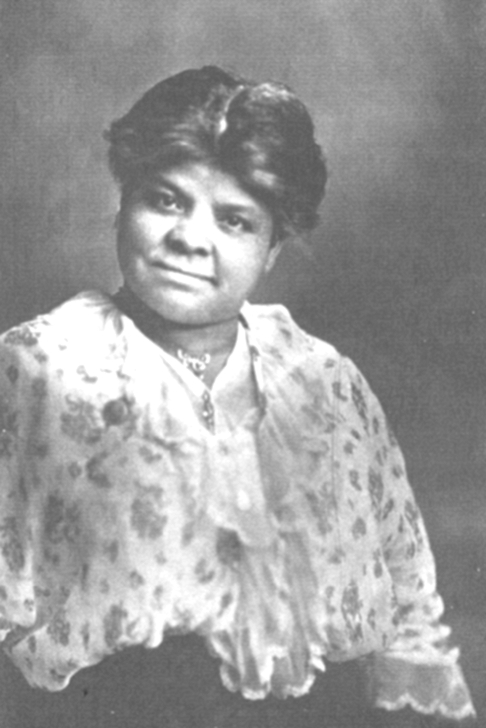
The Ida B.
Wells Community Academy
Assessment
of the Curriculum Audit of
the Akron
Public Schools
Conducted by the International
Curriculum Management Audit Center
Phi Delta Kappa, September,
1998
semper novi quid ex Africa
"Everything new always comes
out of Africa" — Pliny
Annotated findings
-
No evidence of a written
comprehensive curriculum management plan to establish guidelines and procedures
for the development and evaluation of written curriculum in all subject
areas.
-
No full integration
of cultural diversity across all subject areas. Of all subjects that integrated
some aspect of cultural diversity, 20% of social studies has the highest
number of learner objectives that integrated cultural diversity, and 0%
of Math had the lowest number of its learner objectives meeting the standard
of cultural diversity.
-
Akron public schools
are 49% African-American. The Buchtel Cluster is 95% African American,
with 76% of the students on free or reduced lunch.
-
27% of all African American
8th graders failed all five areas of the 9th Grade Proficiency Test. 12%
of all 8th graders passed all five areas of the proficiency test-Spring
1997 [p.193].
-
In all subject areas,
African American male students had the highest percentage of failures.
-
In the area of Math,
43% of African American Students received failing grades.
-
Average failure rate
for African American males was 39%
-
In most schools African
American Females had the second highest failure rates.
-
Less than half of the
schools offered Advance Placement courses at the high school level [p.
197].
-
African American students,
particularly the males, were far less likely to enroll in Advance Placement
or Honor's classes. When they were enrolled, they failed at a higher level
than
other students [p. 196].
Student Retention
-
African American students
were 45.9% of district enrollment for 1996-7; while the percentage of students
retained (held back to repeat a grade) was 56%. The schools with the lowest
performing rates academically were also the schools with the highest retention
rate [pp. 206-7].
-
African American students
are 63% of the identified Developmentally Delayed population [p. 209].
-
African American students
represent only 28.5% of the Gifted program offerings [p. 210].
Discipline
-
20,805 suspensions occurred
in the 1996-7 school year. When AFSC began advocacy work in this area in
1993, the number of suspensions were 18,000. Of the 20,805 suspensions,
students missed 69,717 days from school.
-
Of the elementary schools
with the highest number of suspensions, there also was the lowest number
of students passing the 4th grade and 6th grade proficiency tests.
-
Males, especially African
American males, were suspended at a greater rate than females. Buchtel
had the highest suspension rate, with 44% of the total building enrollment.
-
Grade 6 - 22.7% of enrollment,
but represents 40.5% of suspensions.
-
Grade 7 - 23.6% of enrollment,
but represents 38% of suspensions.
-
Grade 8 - 24% of enrollment,
but represents 34% of suspensions.
-
Collectively the African
American percentage of expulsions were 75.2% of high school and 79.3% of
middle school suspensions.
-
African American Males
are 52% of district enrollment, but are 69% of the expulsions [pp 212-
13].
The above information
summarizes the need for thorough and new approaches to serve poor and African
American students in the Akron Public School system. The full Audit of
the Akron Public Schools presents much more information suggesting that
we as a community must be seriously involved in the planning of those new
approaches.
The Curriculum
Audit was free and is perhaps now available at
the Akron Summit
Public Library
Board
of Education
Akron Public
Schools
70 N. Broadway
Street
Akron, Ohio
44307
This Fact Sheet
was Prepared by
Debra Calhoun. Director,
The African American Cultural Action Program
The American Friends
Service Committee
513 W. Exchange
Street
Akron, Ohio 44302
330.253.7204
e-Mail: neoafscal@aol.dom
Updated
on December 24, 2000
|
